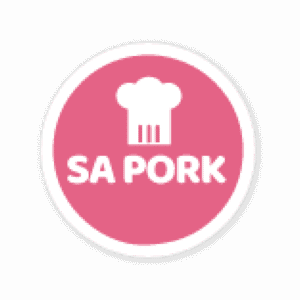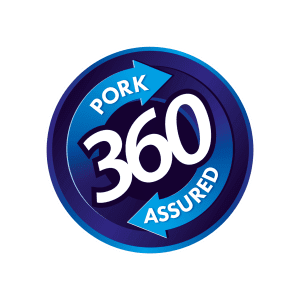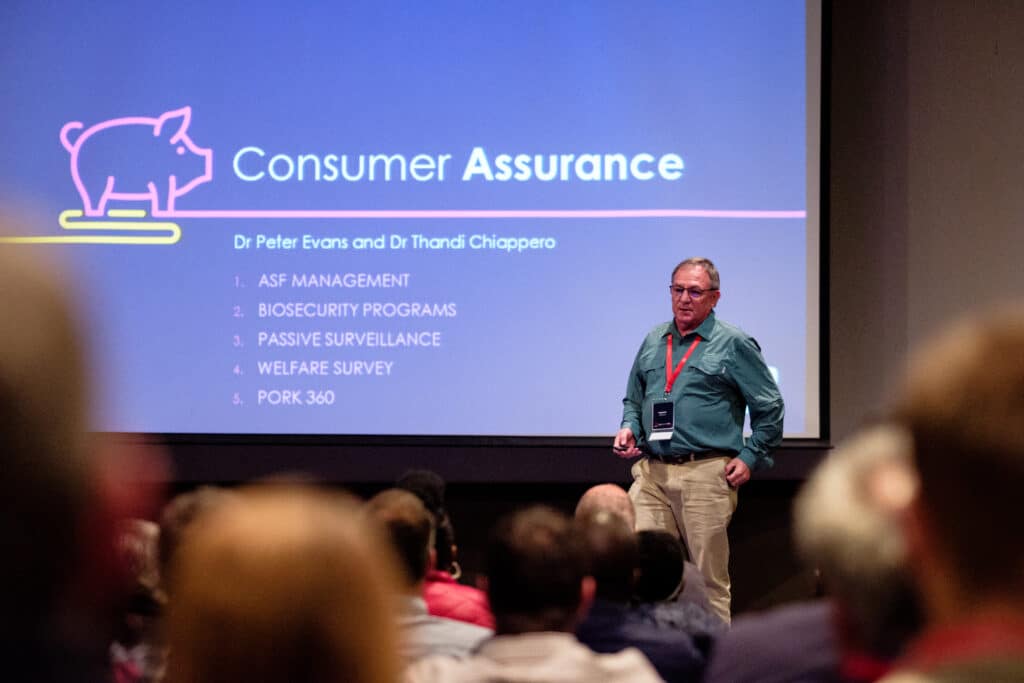The consumer assurance report presented by Dr Evans highlighted five key areas that their team has been involved in over the past year.
1. ASF outbreak management
As communicated regularly through SAPPO’s communication channels, outbreaks of African swine fever (ASF) occur continually. All eight provinces outside the ASF control zone have now had at least one outbreak of ASF, with the most cases in the greater Cape Town and Gauteng metropolitan areas. Dire socio-economic status and poor enforcement of control measures have been identified as the most important factors contributing to unsuccessful management and control of these outbreaks. This status quo has forced us to shift our focus to from controlling ASF to managing it. In consultation with SAPPO and other stakeholders, the Department of Agriculture, Land Reform, and Rural Development (DALRRD) has developed comprehensive strategies and contingency plans to outline the process of managing future outbreaks. Serious consideration is being given to deregistering the ASF control zone because ASF-positive warthogs and tampans have been found in other areas of the country outside of the control zone.
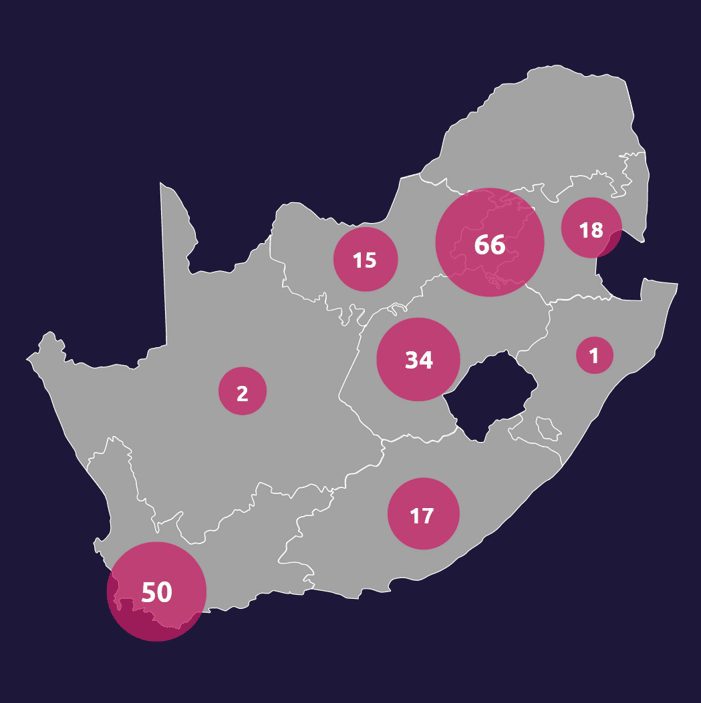
At farm level, guidelines have been developed to assist in managing an outbreak. There are two cardinal concepts contained in the guidelines:
- Planning pig flows to manage and reduce the risk of disease transmission throughout the farm.
- Appointing a knowledgeable, experienced pig veterinarian to manage an outbreak, should it occur.
Our experience has taught us that different outbreak situations require tailor-made interventions. For example, if there is an abattoir on the same premises as the affected unit, the methods of ‘salvaging’ potentially infected animals is vastly different to a case where animals need to be moved to an off-site abattoir. However, in all cases, management must be aimed at preventing and/or reducing and the spread of infectious material – particularly in commonages and free-roaming systems. It is strongly advised that all farmers develop a contingency plan to address a possible disease outbreak on their farms, although these plans would inevitably vary depending on pig flow, facilities, number of sites, etc. Of particular importance is marketing during an outbreak, and environmental considerations for the disposal of culled animals.
2. Biosecurity programmes
To facilitate exports in future, SAPPO has initiated a process of asking DALRRD to update the compartment veterinary procedural notices (VPN), with the revised VPN to be based on ASF compartment guidelines of the World Organisation for Animal Health (previously the OIE, now the WOAH). These export compartments will be able to apply for self-declaration of an ASF-free compartment at the WOAH. There will be some subtle differences between current compartments and export-accredited compartments, primarily based on the level of risk, which includes location and facilities. Biosecurity is non-negotiable, but the reality is that biosecurity systems must be driven by outcomes.
Biosecurity levels of current compartments and export-accredited compartments.
| Export compartments | SAPPO pig farms |
| REVISED VPN 39 | Standards and assessment criteria being developed. |
| Managed by DALRRD state veterinary audits. | Industry-appointed auditors and assessors. |
| Must be more than 1 km away from high-risk facilities. | No specific requirement. |
| No vehicles allowed in or out, i.e., feed deliveries must happen over the fence. | Vehicles must be disinfected before entering. |
| Consulting veterinarian must visit every second month. | Consulting veterinarian to visit every three months. |
| Emphasis on training and understanding of staff regarding biosecurity. | Emphasis on training and understanding of staff regarding biosecurity. |
3. Passive surveillance overview
The passive surveillance app, which is linked to the World of Pork, is being more widely used and will be of great assistance in convincing trading partners that the health status of the national pig herd is known, and, more importantly, that any change in health status will be timeously identified. Active reporting by all stakeholders enables SAPPO to assist in maintaining and improving the national health status in South Africa.
4. Welfare survey
SAPPO conducted a sow housing survey in October 2021 via the veterinary pig consultants and stratified the data in groups of four weeks or quarters of the 16-week gestation period. The data indicates a significant increase in sows in full-group housing over the past six years, and a reduction in the number of sows that are in groups for less than eight weeks. The data also indicated that Pork 360 is driving the implementation of improved sow welfare housing systems.
The Pig Clinic is a SAPPO initiative that addresses both health, which you can argue is an important component of welfare, and tips on management, with a focus on welfare. Several videos have been released, covering topics such as checking pens, moving sows, and oral dosing. You can view these here.
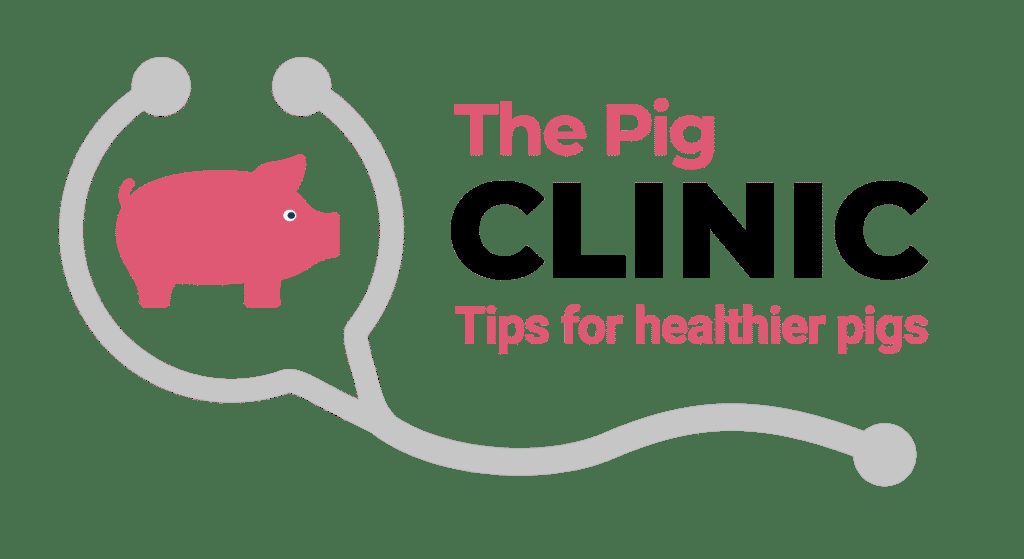
5. Pork 360 is essential to manage risk across the pork value chain
Pork 360 continues to grow with new units still being registered, and we find that there is a high correlation between compartment-certified and Pork 360-certified units.
Our focus is to ensure that all Pork 360-related data is on the World of Pork platform, to improve traceability, ensure we address food safety, and make sure boar taint is adequately addressed.
Many elements of One Health are already addressed in Pork 360 standards, and the administrative team of Pork 360 will continue monitoring global One Health developments, which, if deemed necessary and appropriate, will determine how best to implement those objectives.
The South African Pork Producers’ Organisation (SAPPO) coordinates industry interventions and collaboratively manages risks in the value chain to enable the sustainability and profitability of pork producers in South Africa.


